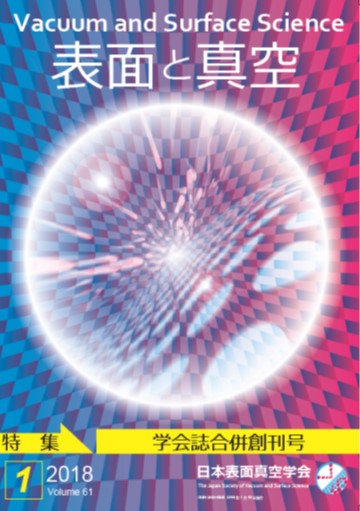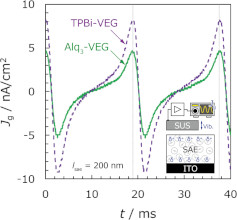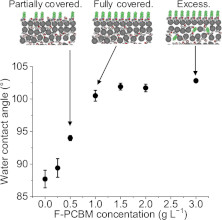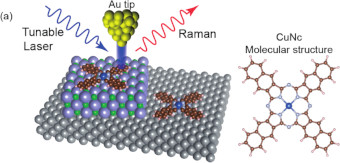Volume 64, Issue 1
Special Feature : Current Status of Organic Devices for Practical Use
Displaying 1-14 of 14 articles from this issue
- |<
- <
- 1
- >
- >|
New Year's Greeting
-
Article type: New Year's Greeting
2021 Volume 64 Issue 1 Pages 1
Published: January 10, 2021
Released on J-STAGE: January 10, 2021
Download PDF (334K)
Preface
-
Article type: Preface
2021 Volume 64 Issue 1 Pages 2
Published: January 10, 2021
Released on J-STAGE: January 10, 2021
Download PDF (352K)
Special Feature : Current Status of Organic Devices for Practical Use
-
Article type: Introduction
2021 Volume 64 Issue 1 Pages 3
Published: January 10, 2021
Released on J-STAGE: January 10, 2021
Download PDF (217K) -
 Article type: Current Topics
Article type: Current Topics
2021 Volume 64 Issue 1 Pages 4-9
Published: January 10, 2021
Released on J-STAGE: January 10, 2021
-
Article type: Current Topics
2021 Volume 64 Issue 1 Pages 10-15
Published: January 10, 2021
Released on J-STAGE: January 10, 2021
Download PDF (5237K) -
Article type: Current Topics
2021 Volume 64 Issue 1 Pages 16-21
Published: January 10, 2021
Released on J-STAGE: January 10, 2021
Download PDF (3013K) -
Article type: Current Topics
2021 Volume 64 Issue 1 Pages 22-27
Published: January 10, 2021
Released on J-STAGE: January 10, 2021
Download PDF (8027K) -
Article type: Current Topics
2021 Volume 64 Issue 1 Pages 28-33
Published: January 10, 2021
Released on J-STAGE: January 10, 2021
Download PDF (2178K) -
Article type: Current Topics
2021 Volume 64 Issue 1 Pages 34-39
Published: January 10, 2021
Released on J-STAGE: January 10, 2021
Download PDF (6949K)
Regular article
-
Article type: Regular article
2021 Volume 64 Issue 1 Pages 40-46
Published: January 10, 2021
Released on J-STAGE: January 10, 2021
Download PDF (6956K)
Report
Conference Report
-
Article type: Report
2021 Volume 64 Issue 1 Pages 47
Published: January 10, 2021
Released on J-STAGE: January 10, 2021
Download PDF (277K)
Science Café
Research Abroad
-
Article type: Science Café
2021 Volume 64 Issue 1 Pages 48-49
Published: January 10, 2021
Released on J-STAGE: January 10, 2021
Download PDF (891K)
News & Trends
-
Article type: News & Trends
2021 Volume 64 Issue 1 Pages 50
Published: January 10, 2021
Released on J-STAGE: January 10, 2021
Download PDF (311K)
-
Article type: Bookstand
2021 Volume 64 Issue 1 Pages 51
Published: January 10, 2021
Released on J-STAGE: January 10, 2021
Download PDF (247K)
- |<
- <
- 1
- >
- >|







